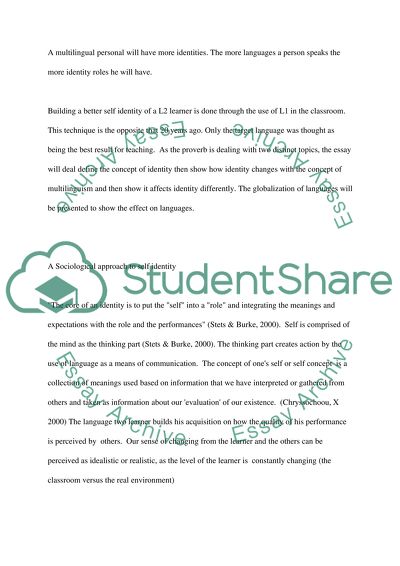Cite this document
(“To what extent do you agree with the Slovak proverb 'The more Essay”, n.d.)
Retrieved from https://studentshare.org/environmental-studies/1420107-to-what-extent-do-you-agree-with-the-slovak
Retrieved from https://studentshare.org/environmental-studies/1420107-to-what-extent-do-you-agree-with-the-slovak
(To What Extent Do You Agree With the Slovak Proverb 'The More Essay)
https://studentshare.org/environmental-studies/1420107-to-what-extent-do-you-agree-with-the-slovak.
https://studentshare.org/environmental-studies/1420107-to-what-extent-do-you-agree-with-the-slovak.
“To What Extent Do You Agree With the Slovak Proverb 'The More Essay”, n.d. https://studentshare.org/environmental-studies/1420107-to-what-extent-do-you-agree-with-the-slovak.


